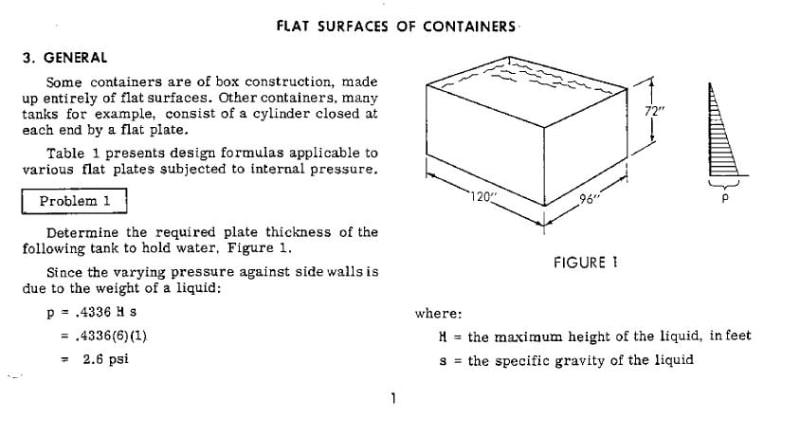Hi All
My name is Oren and this is my first questions in here (I learn a lot from this forum - thanks)
I have a very simple question which unable to handle and sorry that the units are in SI
I have a box that need to hold 150 kg weight the box dimensions are 400x400x50 mm, for this discussion the box is not relevant only the area which is 400x400 mm
I need to calculate the thickness of the box, let say I'm using 1020 metal plate.
Thank you
Oren
My name is Oren and this is my first questions in here (I learn a lot from this forum - thanks)
I have a very simple question which unable to handle and sorry that the units are in SI
I have a box that need to hold 150 kg weight the box dimensions are 400x400x50 mm, for this discussion the box is not relevant only the area which is 400x400 mm
I need to calculate the thickness of the box, let say I'm using 1020 metal plate.
Thank you
Oren

